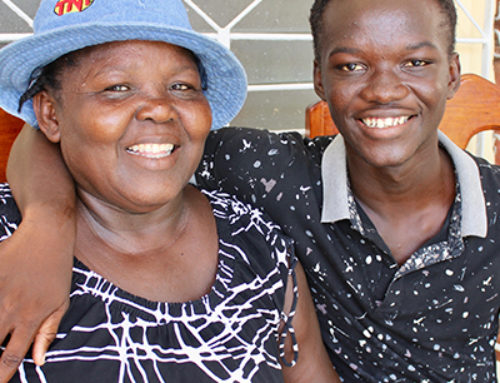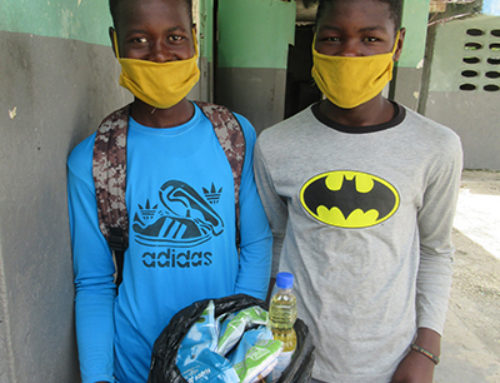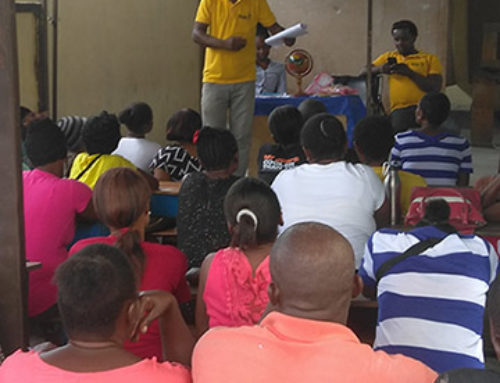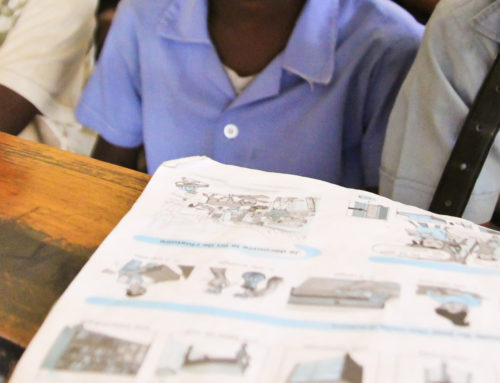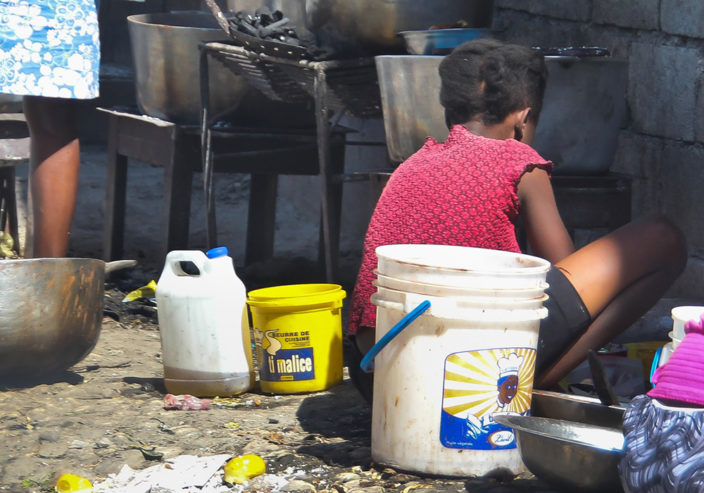
Child slavery is undoubtedly one of the worst forms of child labor that still exists today. Childhood is generally thought of as a blissful and carefree time in one’s life, with much less worry, stress and responsibility compared to adulthood. For many children, their biggest concerns have to do with scoring well on a math test or developing budding friendships. Still, there are far too many other children around the world who have their innocence taken from them at a very young age.
Even now, there are millions of child slaves worldwide, forced into lives of depravity and despair. Here are just three shocking stories of child slavery, a small glimpse into this greater global issue.
- Child slavery in the chocolate industry: Most children get excited at the prospect of a chocolate treat, but there are a great number of other children who are not nearly as fortunate — children who are enslaved to the chocolate industry. These children are in such a controlling, abusive environment, many do not even know what chocolate is, let alone what it tastes like. In places like Ghana and the Ivory Coast, where 60 percent of the world’s cocoa comes from, illegal child slave labor is used every single day.It’s estimated there are half a million children in slavery working in these cocoa fields and living in depressing conditions. These children, who are often orphaned or homeless, are smuggled by force or by the promise of a better life. Because they’re so small, they have difficulty completing many tasks without injury, like cutting grass with a machete. Neither the government nor the cocoa industry will accept full responsibility for what’s happening, so the problem persists and young lives continue to be ruined.
- Child slavery in the mines: Mining is an incredibly dangerous and strenuous profession, even for well-trained adults. The long hours, the physical labor, and the cramped conditions only contribute to human error in an already hazardous environment. Consider then, just how much more threatening this is for the estimated one million children in Africa, Latin America, Europe and Asia who are forced to work in unregulated mines. Children as young as three years old are intimidated into working long hours for little or no pay, sometimes in shifts up to 24 hours at a time.
This work leaves them at a much greater risk for both short- and long-term health concerns, due to all the chemicals, dust and deadly metals they’re ingesting day in and day out. What’s more, their growing bodies can end up with permanent deformities because of the strain they endure while carrying heavy loads. These children are kept out of school and without any access to much needed healthcare services. The isolated locations of many of these mining communities adds to the lack of police intervention or normal social protocols, and so these child slaves continue to work in these deplorable, highly unsafe conditions.
- Child slavery in the streets of Senegal: It’s easy to assume a child seen begging on the streets is without a home, but that’s certainly not always the truth of the situation. In Senegal, there are an estimated 50,000 children forced to take to the streets to beg for money. Parents send their children to schools called daaras, where their education is guided by a spiritual teacher known as a marabout. For many, this is exactly what happens; and yet, there are also a large number of daaras exploiting their students. These children, referred to as talibés, are being forced to beg on the streets to earn money for their marabouts.
Talibés can vary in age from as young as four up to fourteen years old. They hold small tin cans to gather their money, wandering along the dirty streets early in the morning to please their keepers. If and when talibés return with less money than their daily quota, the penalties are swift and harsh — possibly being chained in total isolation or made to endure violent beatings. The money talibés do collect ends up in the pockets of the marabouts, rather than invested into the schools or the children themselves. Because of the immense power and influence of the marabouts, the local government is reluctant to take any action against this terrible practice.
The world may seem a bit bleak after reading these accounts and attempting to digest such heavy information. But the good news is, there are individuals and organizations around the globe that are working tirelessly to advocate on behalf of these children, and to end child slavery once and for all!


